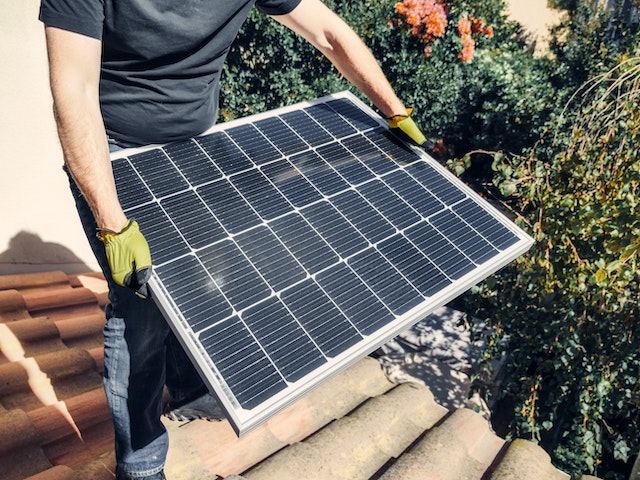
Unbeknownst to many homeowners, solar panels aren’t made entirely of silicon. Silicon is, in fact, a photovoltaic material. Therefore, most solar panels feature silicon. Whether polycrystalline or monocrystalline, though, they may feature an anti-reflective coating as well. What is an anti-reflective coating exactly, and why do solar panels feature it?
Anti-Reflective Coatings Explained
An anti-reflective coating is a transparent or semitransparent layer that’s applied over the surface of a solar panel. As the name suggests, it’s designed to reflect light.
Solar panels require sunlight to generate electricity. But not all of the sunlight that strikes a solar panel will be absorbed into the panel’s photovoltaic material; some of the sunlight will be reflected off the surface. Anti-reflective coatings are designed to increase the absorption of sunlight. They minimize light reflection while simultaneously maximizing light absorption.
Types of Anti-Reflective Coating
Most anti-reflective coatings consist of titanium oxide or silicon nitride. You won’t be able to see these coatings after they’ve been applied to solar panels. With their transparent or semitransparent properties, they are typically invisible to the naked eye. But the anti-reflective coatings will increase the light absorption of the solar panels on which they are applied.
Benefits of Anti-Reflective Coatings
With an anti-reflective coating, solar panels will generate more electricity. Silicon has become the preferred choice of photovoltaic material among solar manufacturers. When exposed to sunlight — specifically photons — it will generate electricity. Bare silicon, however, is naturally reflective.
Bare silicon is about 30% reflective, meaning nearly one-third of the sunlight that strikes its surface will be reflected. Therefore, solar panels made entirely of bare silicon receive less sunlight than those that feature an anti-reflective coating. They will absorb less sunlight, and they’ll generate less electricity as a result.
Anti-reflective coatings essentially make solar panels more efficient. The amount of electricity that a solar panel can generate from sunlight is represented by its efficiency. Highly efficient solar panels will convert more sunlight into electricity than those low-efficiency solar panels. Anti-reflective coatings improve efficiency by encouraging solar panels to absorb more sunlight.
In Conclusion
Solar panels aren’t made of bare silicon. In addition to silicon, most of them feature an anti-reflective coating.
Anti-reflective coatings may consist of titanium oxide or silicon nitride. When applied to the surface of a solar panel, it will encourage the absorption of sunlight. Solar panels will absorb more sunlight if they feature an anti-reflective coating. As they absorb more sunlight, they’ll generate more electricity.

